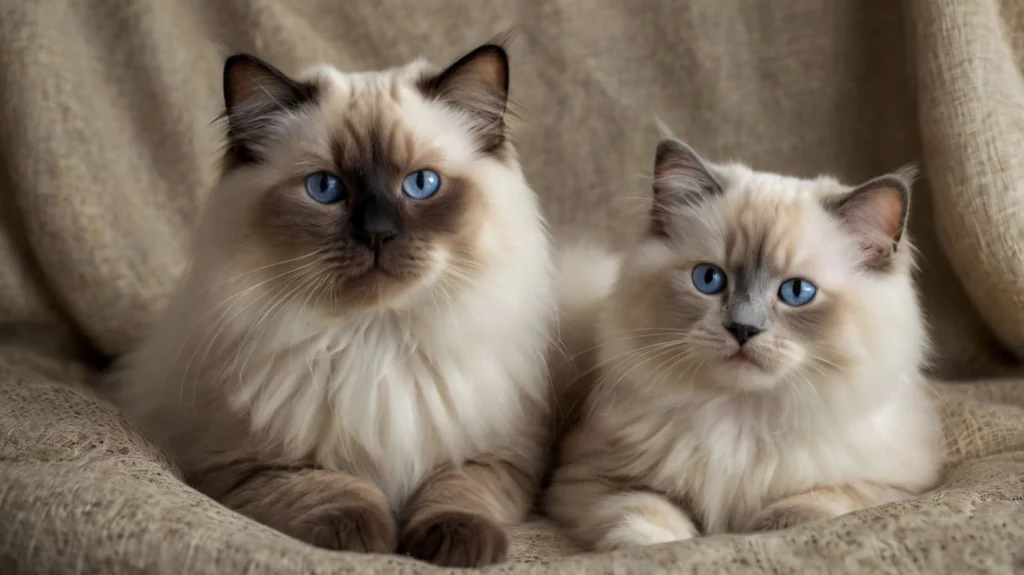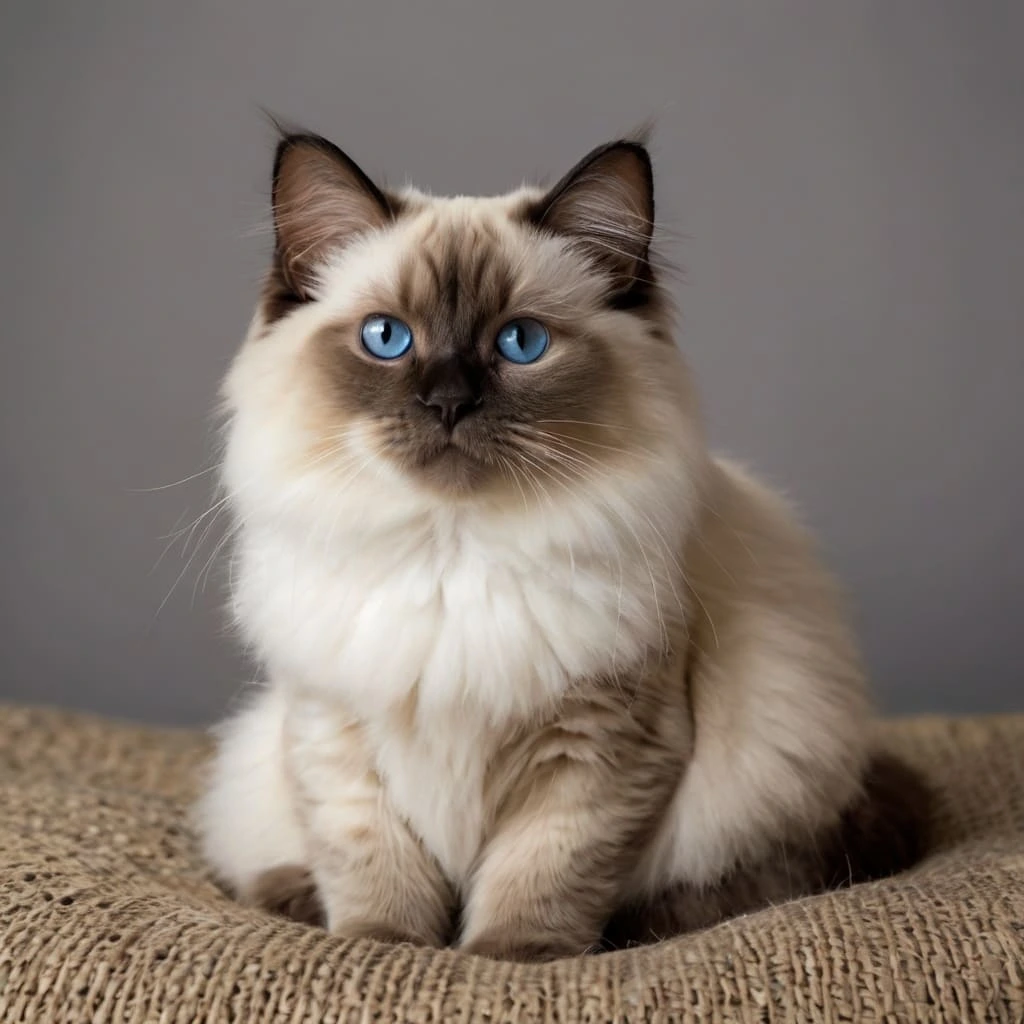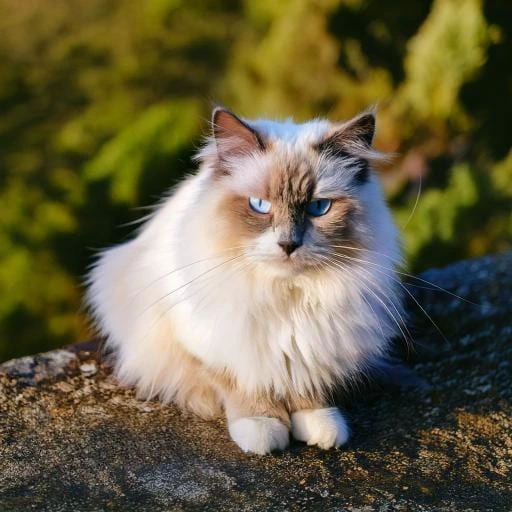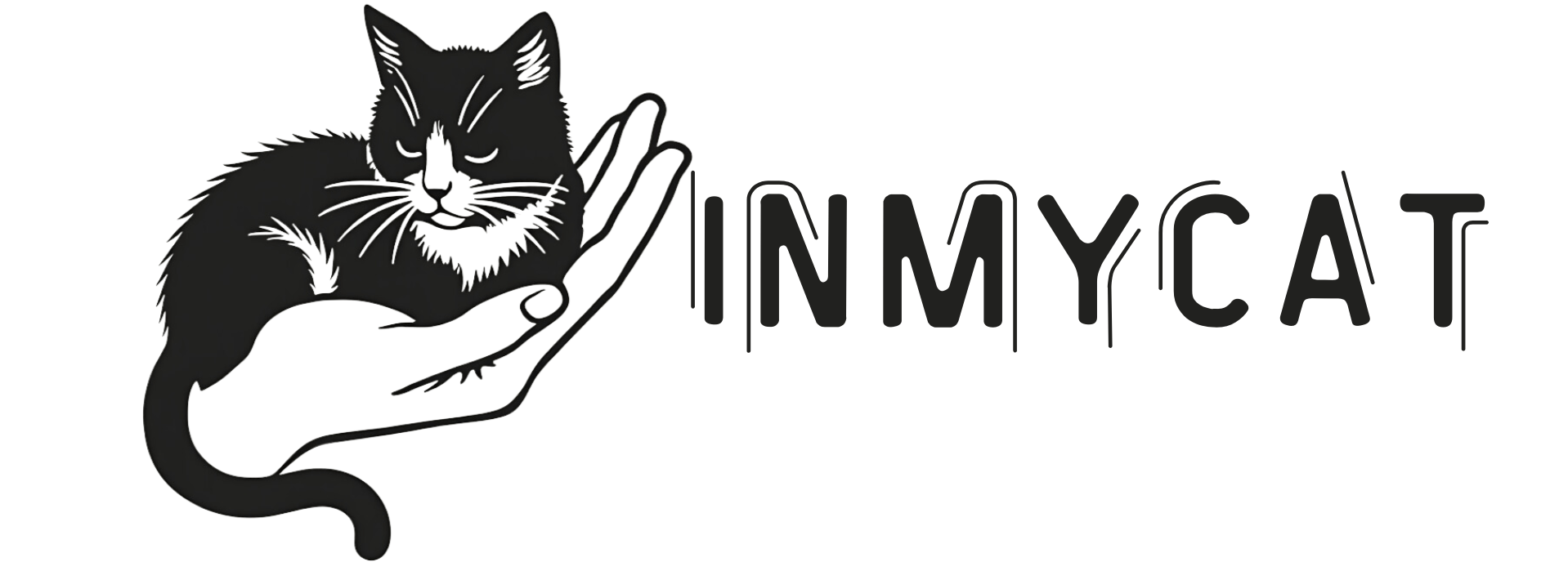Beautiful Ragdoll Cats: Everything You Need to Know

Are you considering adding a Ragdoll cat to your family? These gentle giants of the cat world have captured the hearts of pet lovers everywhere with their striking blue eyes and affectionate personalities. In this comprehensive guide, you’ll discover everything you need to know about Ragdoll cats, from their fascinating history to essential care tips.
Table of Contents
The Fascinating History of Ragdoll Cats
The Ragdoll breed’s story begins in the 1960s with Ann Baker, a breeder from California. She developed the breed from a white, long-haired cat named Josephine, who had unique traits that would become hallmarks of the Ragdoll breed. The name “Ragdoll” comes from these cats’ tendency to go limp and relaxed when held, much like a child’s ragdoll.
Fun fact: Ragdolls didn’t receive full recognition from the Cat Fanciers’ Association until 2000, despite being developed decades earlier.
Distinctive Ragdoll Characteristics
When you encounter a Ragdoll, several striking features stand out:
- Size: One of the largest domestic cat breeds
- Weight Range:
- Males: 15-20 pounds
- Females: 10-15 pounds
- Colors: Point coloration (darker face, ears, legs, and tail)
- Eyes: Always bright blue
- Coat: Semi-long, silky fur with minimal undercoat
Color Patterns and Variations
Ragdolls come in six main color points:
- Seal
- Blue
- Chocolate
- Lilac
- Red
- Cream
These colors appear in four patterns:
- Colorpoint
- Mitted
- Bicolor
- Van
Understanding Ragdoll Personality Traits
The Ragdoll’s temperament is perhaps their most endearing quality. These cats are known for being:
- Gentle: Despite their large size, they’re incredibly gentle
- Affectionate: They love following their humans around
- Patient: Excellent with children and other pets
- Relaxed: True to their name, they’re laid-back cats
As Dr. Sarah Johnson, feline behavior specialist, notes: “Ragdolls are unique among cat breeds in their consistent desire to be with their human family members. They’re often called ‘puppy cats’ because of their dog-like loyalty.”
Essential Ragdoll Care Requirements
Daily Care Needs
Your Ragdoll will need:
- Fresh water daily
- High-quality cat food
- Regular grooming sessions
- Mental stimulation
- Social interaction
Grooming Your Ragdoll
Despite their long coat, Ragdolls are relatively easy to maintain:
- Brush 2-3 times per week
- Bathe every 4-6 weeks (if needed)
- Regular nail trimming
- Dental hygiene maintenance
Exercise and Environmental Needs

While not as active as some breeds, Ragdolls need:
- Interactive play sessions
- Climbing spaces
- Scratching posts
- Window perches
- Puzzle toys
Health Considerations for Ragdoll Cats
Common Health Issues
Be aware of these potential health concerns:
- Hypertrophic Cardiomyopathy (HCM)
- Most common heart disease in cats
- Regular screening recommended
- Polycystic Kidney Disease (PKD)
- Genetic condition
- Can be tested for early
- Joint Issues
- Due to large size
- May develop arthritis
Preventive Care Schedule
Regular veterinary care includes:
- Annual check-ups
- Vaccinations
- Dental cleanings
- Heart screenings
- Weight monitoring
Feeding Your Ragdoll Cat
Dietary Requirements
Your Ragdoll needs:
- Protein: High-quality animal protein
- Fat: Moderate amounts for coat health
- Water: Fresh, clean water always available
- Portions: Based on age, weight, and activity level
Recommended Feeding Schedule
- Kittens: 3-4 times daily
- Adults: 2 times daily
- Seniors: 2-3 smaller meals daily
Living with a Ragdoll

Indoor vs. Outdoor Living
Ragdolls should be kept as indoor cats because:
- They’re trusting and naive outdoors
- Their coat requires protection
- They’re valuable and may be stolen
- They’re not street-smart
Space Requirements
While large, Ragdolls adapt well to various living spaces:
- Apartments (with adequate vertical space)
- Houses
- Multi-cat households
Choosing and Finding Your Ragdoll
Cost Considerations
Expect to invest:
- Purchase Price: $800-$2,000
- Initial Supplies: $200-$500
- Annual Care: $500-$1,000
Where to Find a Ragdoll
Consider these options:
- Reputable breeders
- Ragdoll-specific rescues
- Breed-specific adoption organizations
Training and Socialization
Ragdolls are intelligent and trainable:
- Respond well to positive reinforcement
- Can learn basic commands
- Need early socialization
- Enjoy clicker training
Key Takeaways
- Ragdolls are large, gentle cats with striking blue eyes
- They require moderate grooming despite their long coat
- Their health needs include regular heart screening
- They’re ideal family pets due to their patient nature
- Indoor living is essential for their safety
- Regular veterinary care is crucial for longevity
Frequently Asked Questions
Q: How long do Ragdoll cats live?
A: With proper care, Ragdolls typically live 12-15 years.
Q: Do Ragdolls shed a lot?
A: They shed moderately, with increased shedding during seasonal changes.
Q: Are Ragdolls good with children?
A: Yes, they’re known for being patient and gentle with children.
Q: Do Ragdolls need another pet companion?
A: While they do well with companions, they can be happy as only pets if given adequate attention.
Q: Are Ragdolls high-maintenance cats?
A: They require moderate maintenance, mainly focused on grooming and health monitoring.
Q: When do Ragdolls reach full size?
A: They typically reach full size between 3-4 years of age.
Ready to welcome a Ragdoll into your home? Remember to:
- Research reputable breeders or rescue organizations
- Prepare your home for your new family member
- Set up a veterinary relationship
- Stock up on appropriate supplies
- Plan for long-term care commitments
By understanding these aspects of Ragdoll ownership, you’re well-prepared to provide a loving home for one of these remarkable cats.
